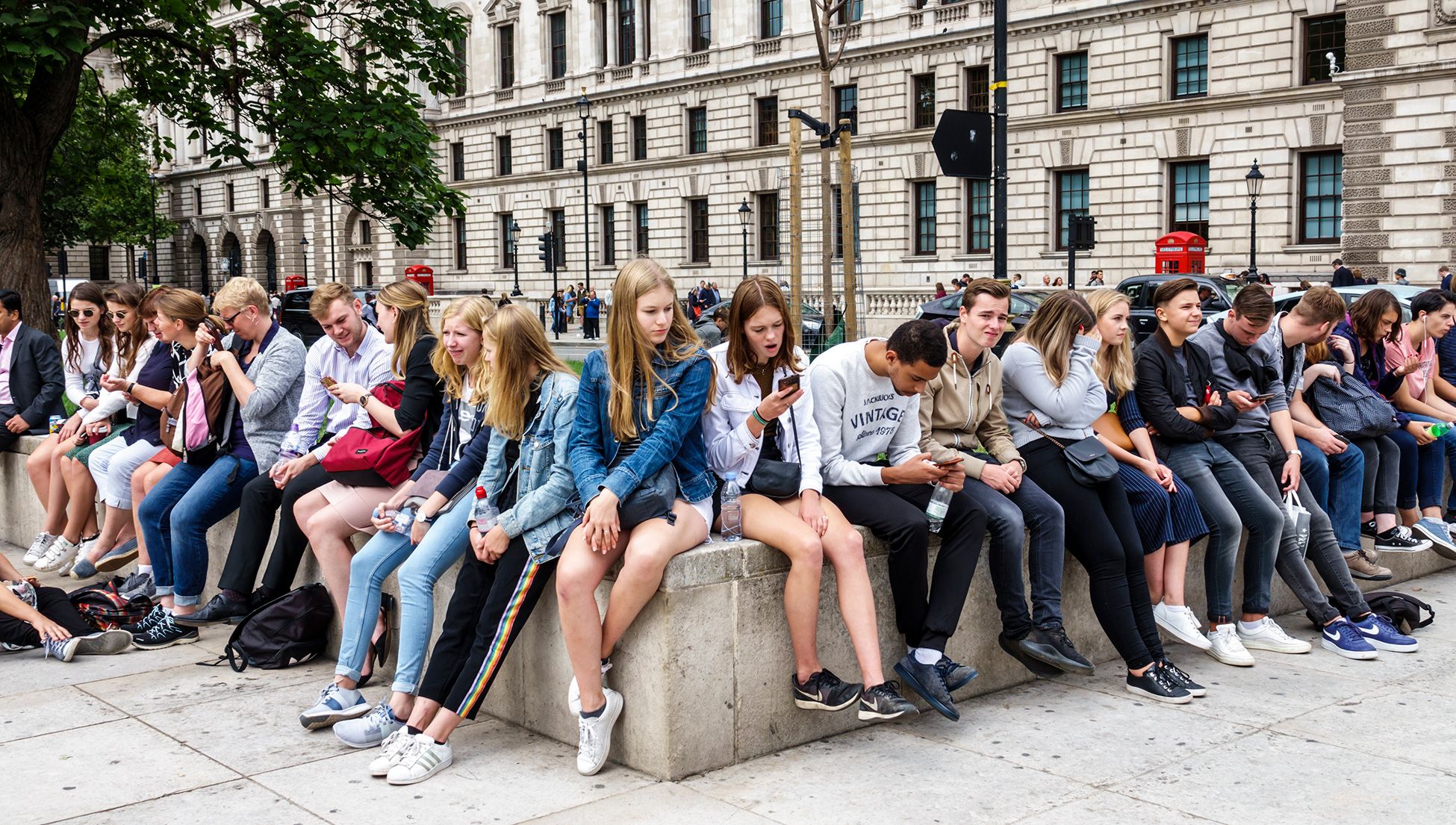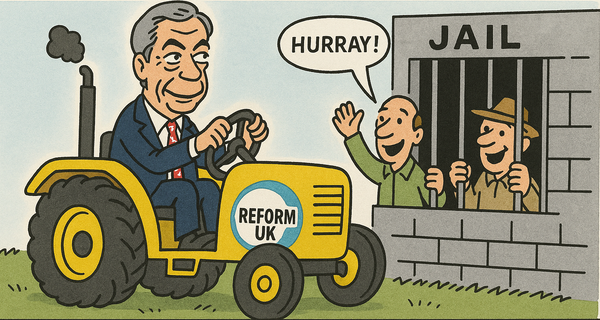Podcasting is the mainstream media now
Now research suggests podcasting is mainstream, in the UK at least. Plus a PR over-reaches, and the debate about teens and social media

Is podcasting mainstream?
I saw Simon Owens post the following on Substack Notes a few days ago:
Is it safe to say at this point that podcasting is "mainstream"? If you incorporate video versions of podcasts into that calculus, which you should, then I'd say the answer is yes.
I must admit, I rolled my eyes at this. Isn’t it self-evident that podcasting is mainstream, even without factoring in video?
That reaction might have been a little unfair. Owens is very US-focused, and the BBC pushed podcasting further forwards earlier in the UK. The two markets were very different when it comes to podcasting, although the gap is narrowing fast.
That said, do I have any actual evidence to support the fact that it is truly mainstream in the UK? Well, how about this:
New data from Acast, the world’s largest independent podcast company and Nielsen, a global leader in audience measurement, data, and analytics, reveals that an impressive 42% of the British public have listened to a podcast in the past week and 21% listen at least once a day — highlighting the medium’s growing influence and reach.
Yeah, that’ll do.
On interview purity
Well, we’ve all been there. We’ve done an interview that gets nice and spicy — and then the PR gets agitated when it gets published.
But asking for a whole section of a podcast to be removed before it’s released? That’s what happened to The Verge:
I got a note from Rick Heineman, the chief communications officer at Intuit, who called the line of questioning and my tone “inappropriate,” “egregious,” and “disappointing” and demanded that we delete that entire section of the recording. I mean, literally — he wrote a long email that ended with “at the very least the end portion of your interview should be deleted.”
“Should be”? That’s almost guaranteed to wind up many journalists: a PR telling them what they should do. Happily, this runs agains the title’s code of conduct:
The most important thing to note is that we never allow anyone to preview or approve interview questions, and we certainly do not allow anyone to review or alter the work that we publish. I told this to Rick, and he came back and asked that we “delete that which takes away from the conversation,” which he defined as “raised voices” or us “speaking over each other,” so that “listeners understand your question and the answer Sasan gave.”
So what did they do?
I have to be honest with you — that’s one of the weirdest requests I’ve ever gotten. So here’s what we’re going to do: we’re going to run that whole part of the interview first, unedited, so you can tell me. It’s about five minutes long, and you can decide for yourself.
In an age where so much tech journalism is still (relatively) fawning, to see a publication both standing up for journalistic independence and also doing it in such a playful way warms the cockles of my bitter, coffee-soaked journalistic heart.
Quickies
- 🙊 How Instagram suppresses political content
- 😢 More layoffs at Meta
- 😎 But they’re working on a way of recovering your accounts (finally!)
- 🇺🇸 How the Harris campaign in the US is using Facebook
- 🤖 AI + emotional manipulation = effective disinformation
Shot’n’Chaser: Social Media & Teens
Two related stories that give different sides of a current debate…
Shot: Social Media Risk versus Harm
I’ve written about dana boyd on and off down the decades here. She is one of the leading researchers into the impact of initially the internet and later social media on teens. And she has Thoughts on the current debate:
In short, “Does social media harm teenagers?” is not the same question as “Can social media be risky for teenagers?”
And yes, this is both a distinction and a difference…

Chaser: How teens use TikTok
Meanwhile, interviews with teens themselves show a surprisingly sophisticated sense of what they get out of the platform — but also some of its downsides
‘Yeah, TikTok is for three things: learning stuff and feeling good about yourself, stalking people, and brain rot.’

And Finally… space and time unravel
No, not an episode of Doctor Who, but a great multimedia feature. I know these are time-consuming to create, but this one looks just great. I truly wish the industry would devote more time to this form of experiential storytelling:








